Føroyar: The Modern Vikings
From The Field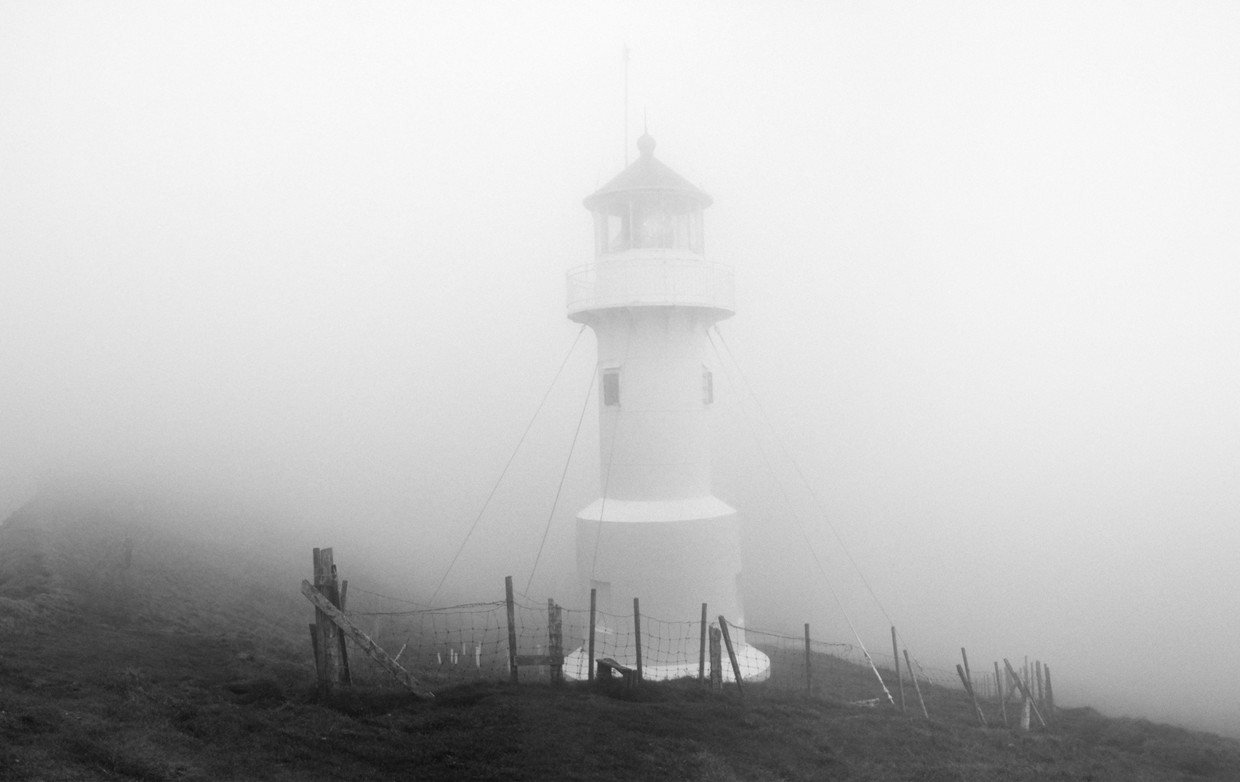
Words and photography: Urszula Chylaszek
There are two ways to get to Mykines, the most western of all Faroe Islands: by ferry or by helicopter. The latter works only in good weather conditions, so I was left with the ferry… and seasickness. Once I was on the island – ‘jump!’ they said, and it seemed the only way to escape from the swinging ferry – I followed a route towards the lighthouse. The sky looked clear, but looks can be deceiving and as I was walking up the track I realised the island had a unique microclimate, able to create its own clouds and sink everything in a thick fog.
I kept turning back to see the marvellous view spreading behind me and, all of a sudden, I saw the penguins of the north – puffins. Only a few at first, curiously looking up at me, perhaps wondering what I was doing there. They resembled a group of elegant gentlemen about to join a banquet. I felt I had to follow them, even though I wasn’t invited. With every step I noticed there were more and more of them around. The few I saw at first turned into dozens, then hundreds, then thousands. After a couple of minutes I found myself surrounded by these friendly, harmless, brave little birds. They would run errands every day, fishing, bringing food to their chicks hidden in tiny dens in the ground, probably gossiping and commenting on the weather. Watching this show was a true miracle. Never had I seen such charming fellows.
Mykines is a paradise for ornithologists. In addition to the puffins, it’s the home of a huge colony of gannets, and is the only place where these birds breed in the Faroes. Unfortunately I could only see the gannets from far away; they spend most of their time on rocky cliff walls.

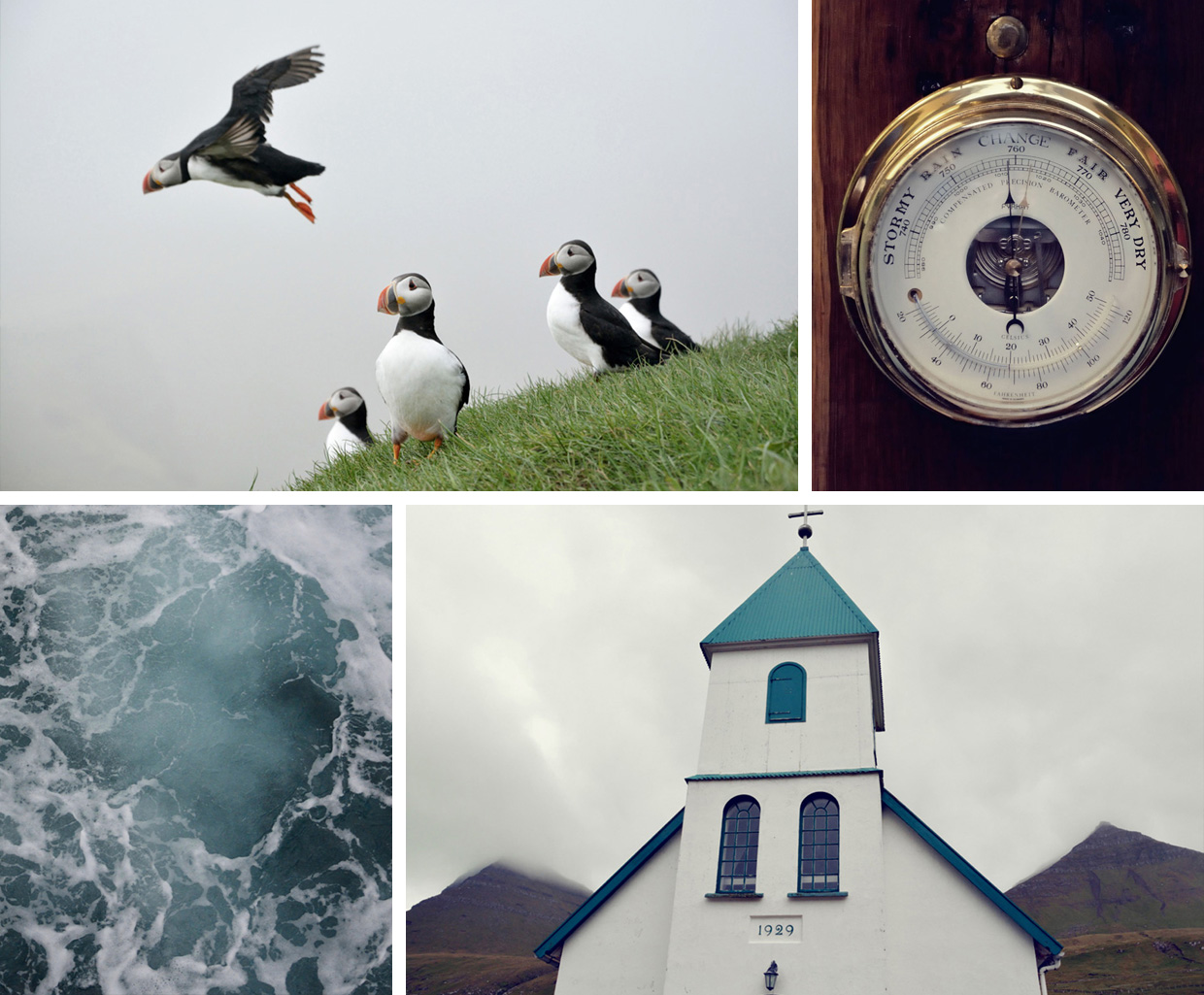
All of the islands, including Mykines, are full of sheep, which outnumber people nearly twice over. A day without seeing a sheep is a day wasted. Given the history of the archipelago, it’s no surprise that the sheep is now a national symbol. It’s a creature so important to the locals that they put it in their coat of arms. A creature which, if stolen, could see you sentenced to death a few hundred years ago. A creature that led to the unique Faroese measure unit – mørk, the amount of land necessary to feed 32 animals. And finally, a creature that matters so much to the whole community they call their land Føroyar – Sheep Islands in Old Norse.
Going east and north of Mykines, I found one of my favourite (and one of the most northern) places in the whole country. First I had to reach Kalsoy. From Trøllanes, a village at the very end of this long, narrow island, I followed a path, more of a sheep track than a real hiking route. In less than an hour I reached somewhere that I immediately knew was one of the most breathtaking locations I’d ever seen. The wind was blowing strong and cold against my face, trying to put me off, but I didn’t give in. That cheese sandwich I ate, once I had sat down in the best spot, turned out to be the most delicious meal I’d ever eaten. A meal with a view.
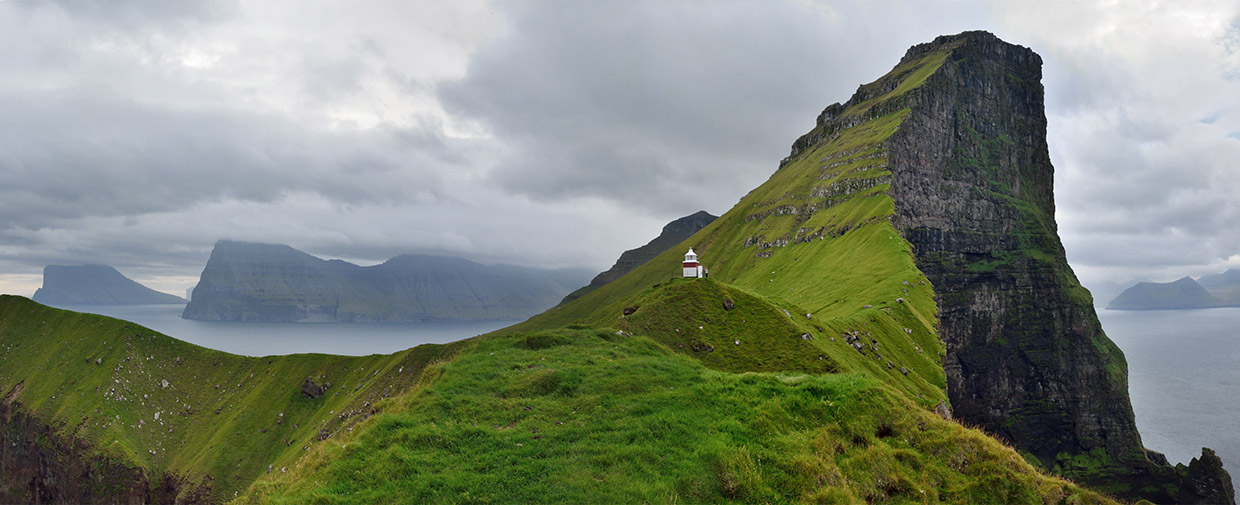
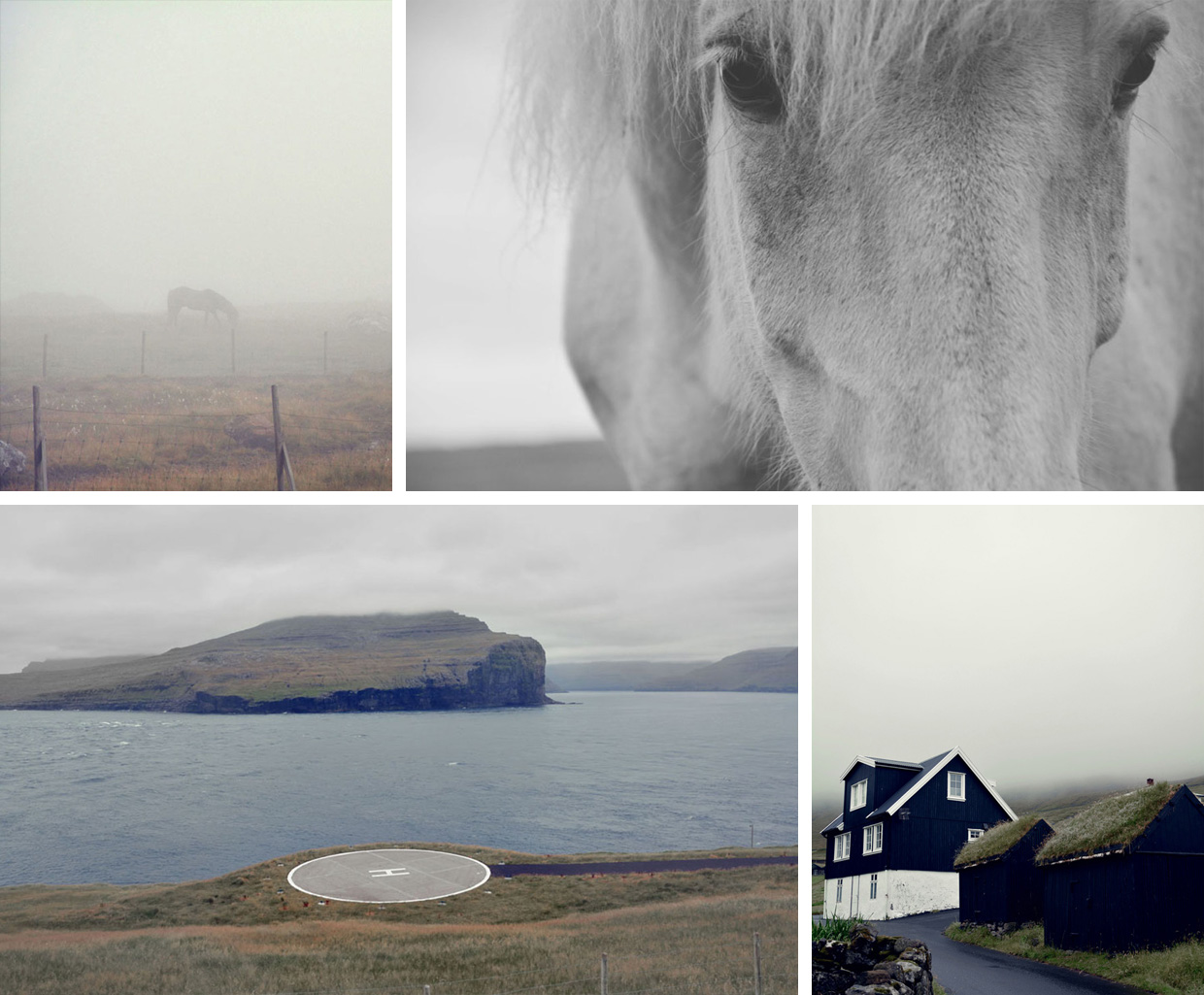
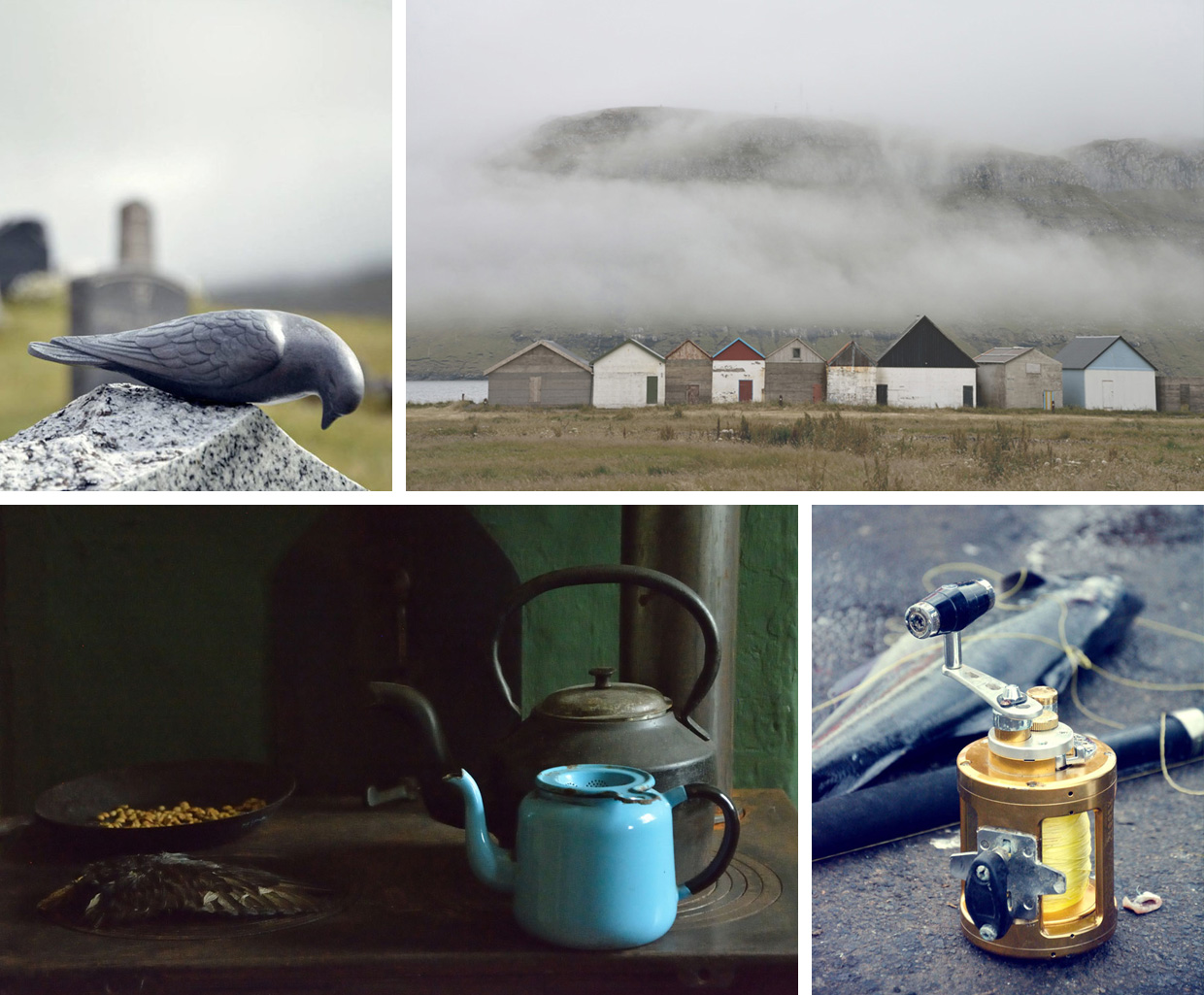
I arrived at the Faroe Islands with no expectations. Soon enough I realised I was in a country with magnificent landscapes, unique birds, intriguing tales and even more intriguing people. Finnur was my host for the first week of my journey. Like most locals he has many roles; due to the small population of the islands, everyone needs to share responsibilities. So he’s the vice principal in his village’s primary school, a life guard securing most events on the water, and a musician playing at festivals, weddings and funerals. On the fourth day of my stay, at about 9.00pm, with sore legs after hours of walking and climbing, Finnur insisted we go on a trip to see the sunset. A sunset? Seriously? I was tired, hoping silently he would change his mind. The sun sets everywhere, I thought…
Oh boy, little did I know. A sunset like this happens very seldom so you just have to capture it. There won’t be a second chance for weeks or even months.
When we came back home from this uncanny spectacle, my host sat down with a glass of whisky and, all of a sudden, became melancholic. ‘You know, this house used to be haunted,’ he started. ‘But don’t be afraid, there are no ghosts in here any more. It happened to me three times, long ago. Once after my grandma died, I saw her on my staircase. The second time, in my bed, I heard a voice whispering to my ear, and the third time… I was alone, here in the kitchen, sober! In a moment I saw many people surround me and my grandpa was with them. I couldn’t hold my tears.’

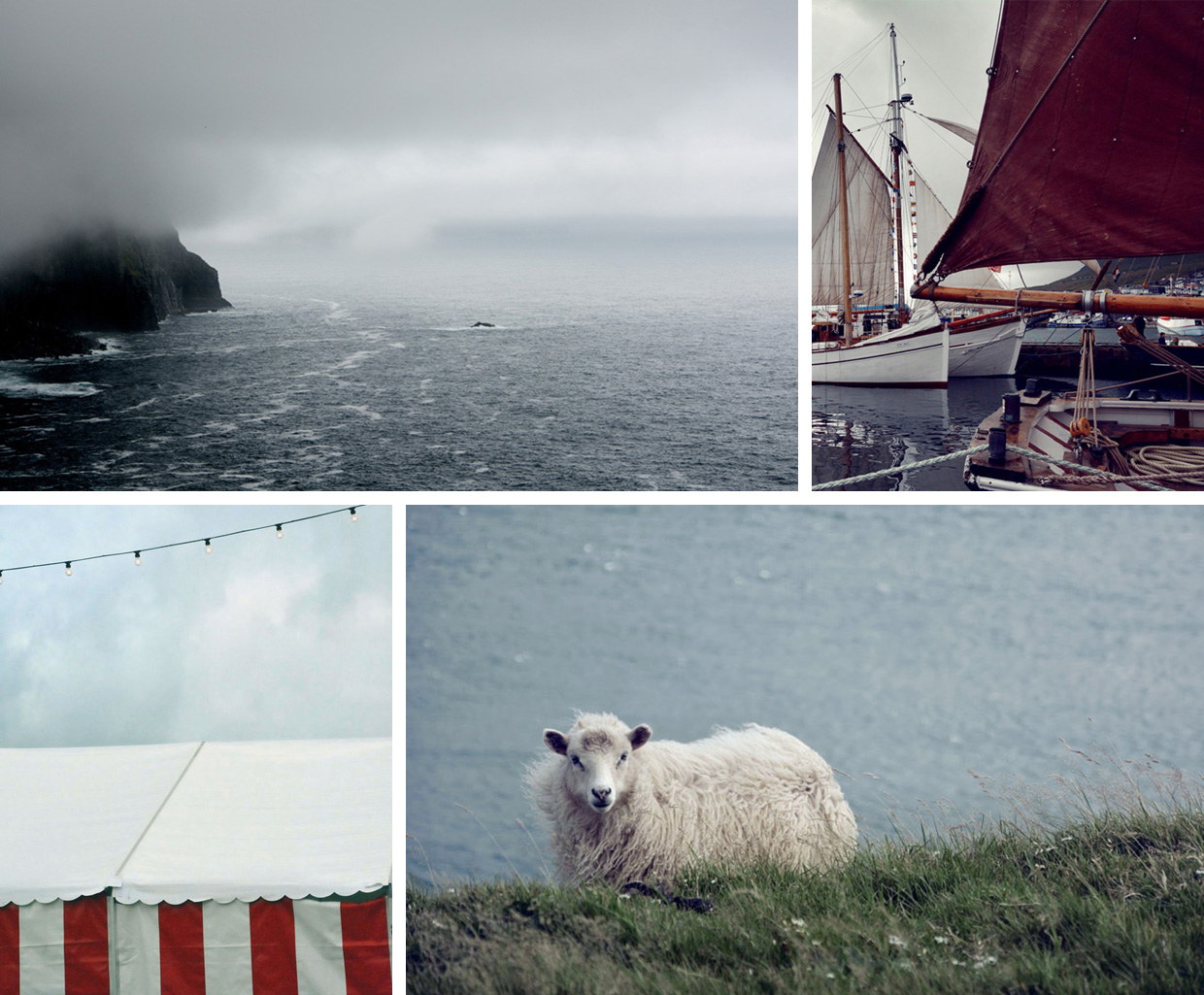

The dead among the living are no surprise to anyone here. Lost souls, seeking eternal rest, pay visits, knock down beer cans and give the chills. Apparently, when a man dies in the sea (and that’s quite popular at this latitude) he soon shows up to his mother, wife or sister. And by then she already knows. She knows he’s dead and will never return home again. When the sea takes away, it doesn’t give back.
A century ago, in a village called Skarð, all the men must have appeared to their women at once. They had gone fishing out at sea a few days before. An unexpected storm didn’t spare a single soul. Women, left alone with little children, decided to move from the village in order to survive. There are only stones left from the whole settlement now, and a monument for those who died. It’s nearly impossible to get there, but I could reach other places, like Múli, which is a real ghost town with fully equipped yet empty houses, abandoned not so long ago. The last one of the three families living there moved out once the road to the village had been completed. People had been waiting for it too long and, doubting it would ever be built, gradually fled on boats. These days half of the Faroese population live in Thorshavn, the capital. The rest is scattered all over the 18 islands – or 17 to be precise, as one of them is uninhabited.
Traveling around the Faroe Islands is a tremendous experience. European yet exotic, mysterious yet so real, cold yet hospitable. I can’t wait to go back.
Urszula Chylaszek is a freelance graphic designer and photographer based in Kraków, Poland. She is inclined to go north rather than south (unless it’s Antarctica) and is totally addicted to good tea and travels.
Website: chylaszek.eu
Facebook: facebook.com/Ula-Chylaszek-fototapeta


